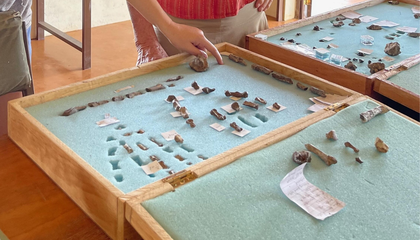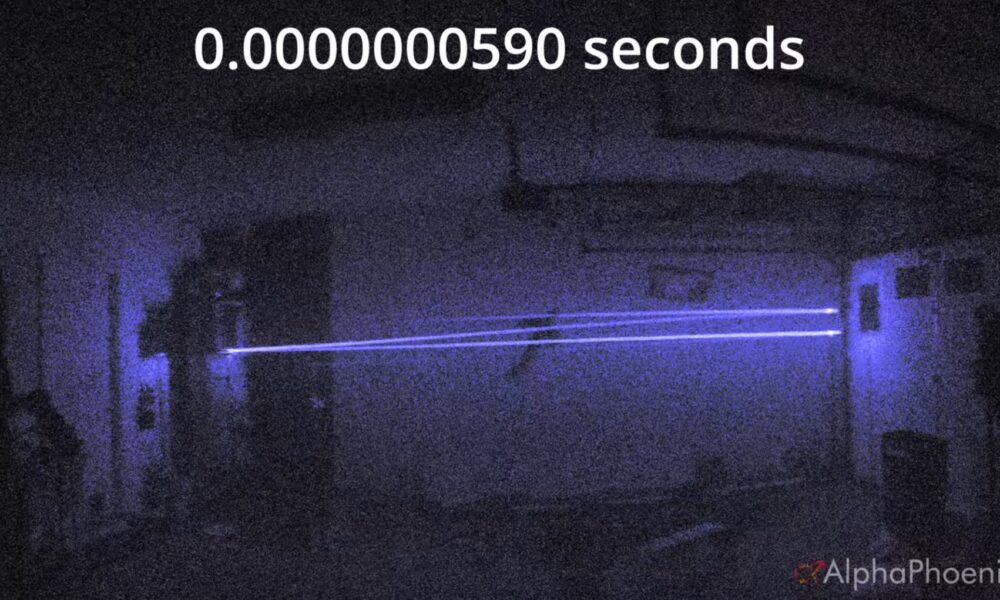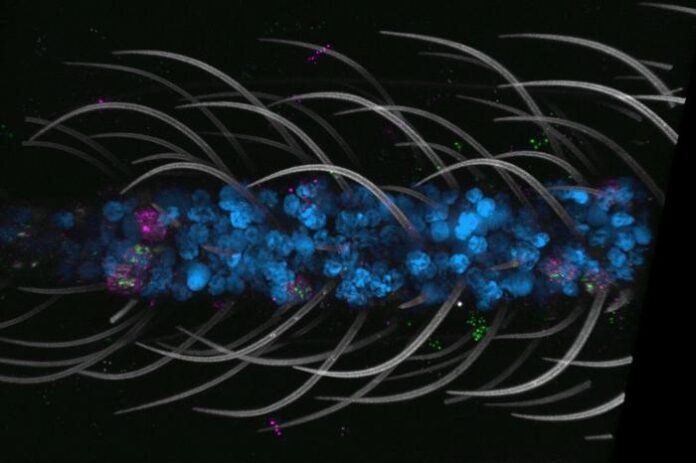A groundbreaking discovery has emerged from East Africa, where researchers have uncovered the first fossilized hand of the ancient hominin species P. Boisei. This significant find suggests that this prehistoric relative of modern humans may have been capable of using tools, adding a new dimension to our understanding of early human behavior.
The study, led by a team at the University of Kent, analyzed the fossil, which dates back approximately 2.3 million years ago. The researchers believe that the anatomical features of the hand indicate a potential ability to manipulate tools, a skill long attributed primarily to the species Homo habilis and later human ancestors.
By examining the bone structure and morphology of the fossilized hand, the team identified characteristics that are consistent with grip and dexterity. Dr. Lucy Miller, the lead author of the study, emphasized the importance of this finding in understanding the evolution of tool use among early hominins. “This discovery challenges previous assumptions and opens up new avenues for research into the capabilities of our ancestors,” she stated.
The implications of this research extend beyond mere curiosity about ancient life. Understanding the technological capabilities of P. Boisei may provide insights into how early humans adapted to their environments. As tool use is often linked to survival and resource acquisition, this discovery could reshape the narrative of human evolution and the development of social behaviors.
The fossil was discovered in a region known for its rich archaeological sites, where many significant finds related to human evolution have been made. This latest discovery adds to a growing body of evidence that suggests complex behaviors were present among various hominin species earlier than previously thought.
Further investigations are planned to explore the implications of this find. Researchers will conduct more detailed analyses to determine the specific types of tools that P. Boisei may have used, if any. These studies will also seek to compare the functional abilities of this species with those of contemporaneous hominins.
This research not only highlights the fascinating history of our ancient relatives but also emphasizes the importance of ongoing exploration and study in the field of paleoanthropology. As scientists continue to unravel the complexities of early human life, each new discovery adds a piece to the intricate puzzle of our evolutionary narrative.







